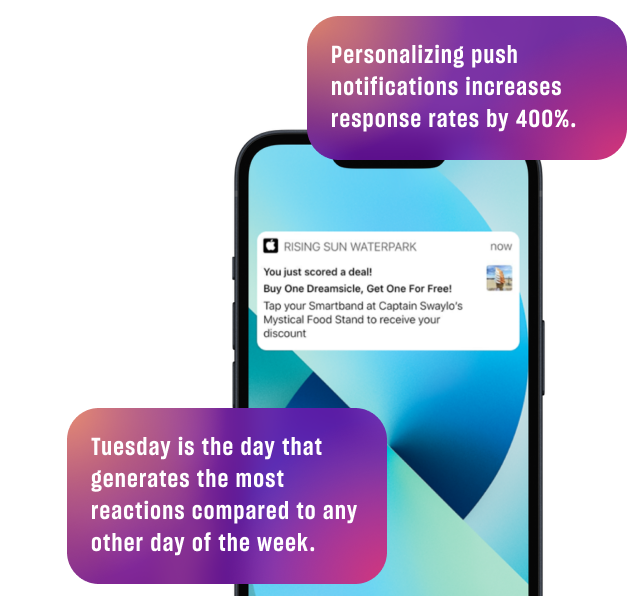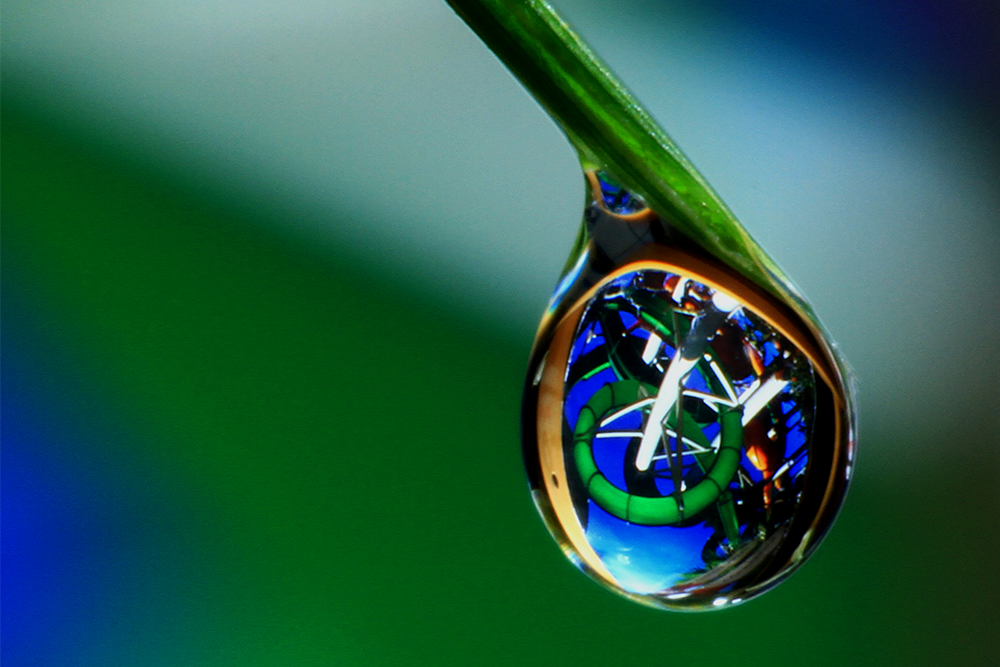“Make every day Earth Day.” Easier said than done?
Sustainability is a topic that park owners and operators cannot ignore, and many are accelerating their efforts towards more sustainable amusement parks and water parks. Moreover, with the rise of consumer consciousness around sustainability, the numbers are clear: guests are voting green with their wallets.
A 2020 study by IBM found that:
- 8 in 10 consumers indicated that sustainability is important for them.
- Nearly 70% of consumers in the U.S. and Canada think it is important that a company is sustainable or eco-friendly.
- 57% of consumers are willing to change their purchasing habits to help reduce negative environmental impact.
While making your park’s operations more sustainable might look like a daunting task at first, the right technology can help. On this eve of Earth Day, April 22, let’s take the opportunity to explore ways you can save your park water, energy, resources, and money as well as educate guests and staff.
Measure with Ease—Start Your Road to Becoming an Eco-Friendly Park with a Plan and Goals
If your park has yet to define a sustainability initiative, we suggest beginning by measuring your baseline*:
- What is your current water and power consumption?
- How much waste do you generate?
- How much emissions do you produce?
- How big is your carbon footprint?
Then you can set measurable goals in a given time frame and develop approaches to achieve those goals. As the saying goes, “If you can’t measure it, you can’t improve it.”
Technology can automate the tracking of water, power, and waste reduction and at the same time, calculate the decrease in your carbon footprint to see if you are on track to reach your objectives. You will also be able to compare year-on-year stats.
Reduce Water and Energy Consumption with Internet of Things
With the Internet of Things (IoT), you can automate energy and water consumption based on usage, not time, thereby saving money on both. IoT sensors can detect the presence of users to turn on lighting, heat, and water as needed, not when nobody is around.
Same idea goes for maintenance.


Passive sensors like Vantage’s SmartTracks (left) and active sensors like Vantage’s SmartTags (right) collect information about which areas of your park are in use at a given time.
Better Manage, Not Unnecessarily Replace, Equipment Parts through Predictive Maintenance
An integrated software platform such as Vantage can monitor water quality, pH, chlorine, flow rates, etc. for a water park and compare these against how the equipment is being used. Over time, technology can predict when an issue may arise. It is much more sustainable to manage parts than to replace them.
For example, technology can anticipate when it is time for an attraction, a vehicle, or an equipment part to be serviced, based on actual usage, not on a fixed time schedule. It can help you keep track of the number of rides on a water slide before the flow rate goes down. The same technology can then tell you to change the filter when you are nearing this number.
The advantages are twofold: You will keep your attraction safe ahead of the wear and tear from a defined number of rides, and you will save energy and resources by avoiding unnecessary maintenance.
Go Green—Go Paperless
Today, so many transactions can become digital. For example, many of us have already come to love QR code tickets on our phones, eliminating the need for physical stubs. But what about other things that have traditionally required paper?
Let’s take the new season pass software at Island H2O Water Park as an example. The entire procedure can be done in minutes in the comfort of your guests’ phones. No need for long lines on the first days of the season, no need for paper forms filled with illegible handwriting, and no need for a physical season pass card.
With technology, your guests can each have their own profiles. When it comes to waivers, they can read, sign, and store them digitally for each attraction that requires one, as well as for their minor children. In any eventuality, you won’t need to look through stacks of paper to retrieve the signed waivers.
Similarly, paper waste can be drastically reduced by providing a digital park map, easily adaptable in multiple languages. Technology can go beyond a PDF or a picture download of the park plan. For example, with RFID wristbands, Bluetooth, and sensors, technology can walk your guests from Point A to Point B inside the park. Wayfinding becomes much easier than with a stale map.
Communicate about Sustainability in Your Park with Apps and Kiosks
Finally, communication should be a big part of your sustainability efforts. With a park app, you can inspire your guests through push notifications, for example, by telling them where the closest water station is to fill up their water bottles. The app can also give both staff and guests tips about how to sort recycling and organics in-park, for example. It can also reveal fun facts about how many trees your park has saved or by how much your park has reduced its carbon footprint this past year, or even call attention to other sustainability activities your park is engaging in, such as solar panels, on-site composting, or elimination of single-use plastics.
Let Vantage Help Advance Your Sustainability Goals
Because Vantage is a platform that unifies all the systems used in your park, it is able to help with your sustainability efforts in all corners of your park operations and management—and create more efficient processes along the way. Contact us to find out more about how a digital transformation with Vantage can help your park reduce energy and water usage as well as waste, and be on its way to making every day Earth Day.
* This is how Vantage’s parent company, WhiteWater, began its journey to implementing corporate-wide sustainability initiatives.

